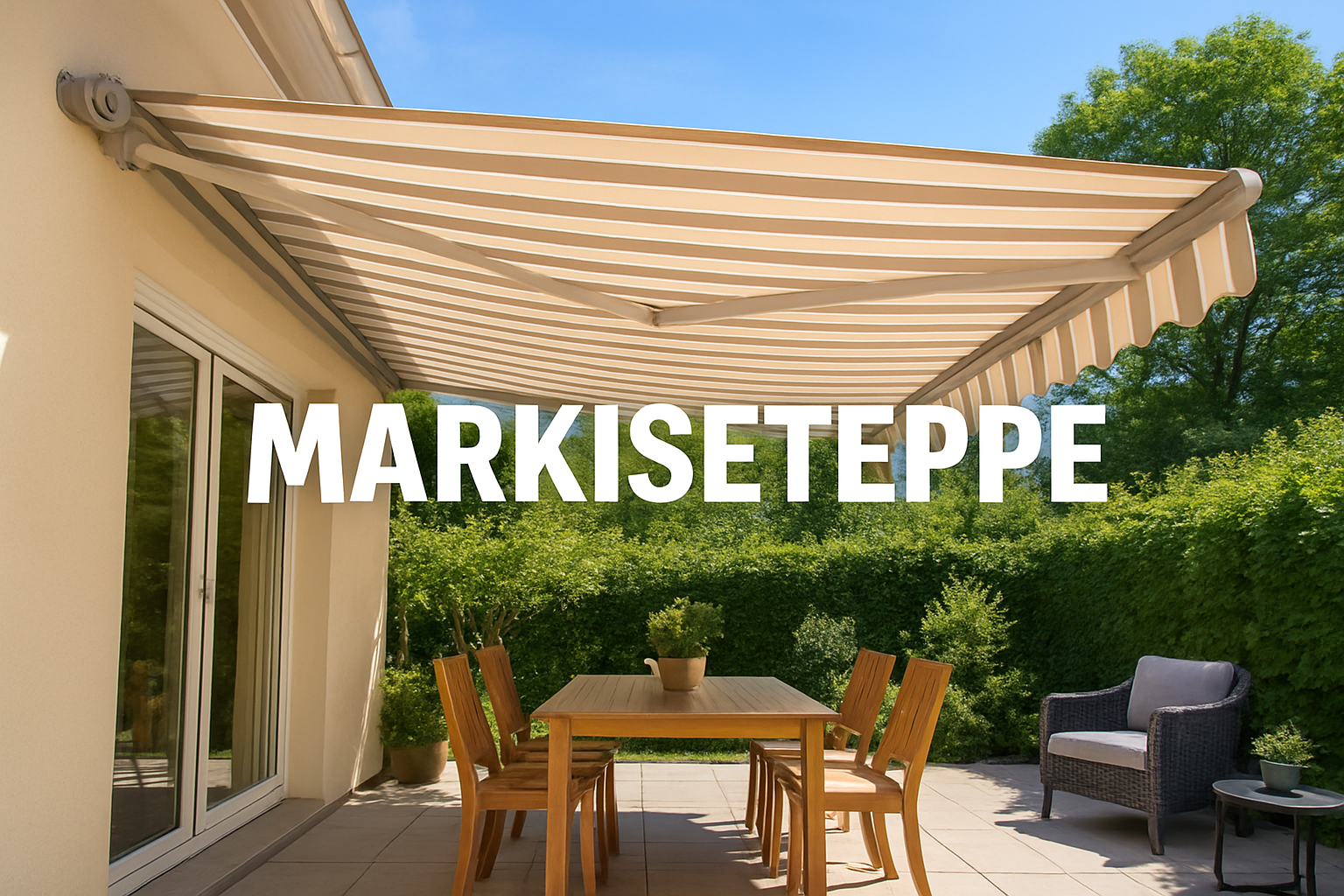When the summer sun shines brightly, many people search for ways to create a cooler and more comfortable outdoor space. One solution that has become popular in both homes and businesses is markiseteppe. These are fabric canopies, also known as awning tarps or shade covers, that provide shelter from the sun while adding elegance to patios, gardens, and commercial areas. By learning more about their history, uses, designs, and advantages, it becomes easier to understand why markiseteppe have remained valuable across cultures and generations.
What Is a Markiseteppe?
A markiseteppe is a specially designed fabric structure used to create shade in outdoor areas. Unlike fixed roofs, these covers are flexible, lightweight, and easy to install. They are usually made of durable fabrics such as acrylic, polyester, or PVC-coated materials. The design may include retractable systems that allow users to extend or fold the canopy depending on weather conditions.
History of Markiseteppe
The idea of shading outdoor spaces is not new. Ancient civilizations in Egypt, Greece, and Rome used cloth and reed structures to block the harsh sun. Over time, these methods evolved into more advanced canopies and awnings. In modern times, European countries like Norway and Sweden began popularizing markiseteppe for both residential and commercial buildings. Today, the concept continues to expand as more people seek energy efficiency and outdoor comfort.
Benefits of Using Markiseteppe
Protection from Sunlight
The most obvious advantage is protection from UV rays. Markiseteppe prevent direct sun exposure, which makes them ideal for protecting skin and reducing heat indoors.
Energy Savings
Because they block sunlight before it enters windows, markiseteppe help lower cooling costs. Air conditioners work less, which saves energy.
Stylish Outdoor Living
These shade covers add charm to balconies, patios, cafés, and gardens. With a variety of colors and patterns, they enhance the beauty of any space.
Weather Resistance
Modern markiseteppe are designed to resist wind, rain, and sun damage. High-quality fabrics can last for many years without fading.
Types of Markiseteppe
Retractable Models
Retractable markiseteppe can be pulled out when shade is needed and rolled back during cloudy weather. This flexibility makes them a favorite choice for homeowners.
Fixed Models
These remain permanently in place. They provide constant shade and protection, which is useful for commercial establishments like restaurants.
Motorized Systems
Advanced versions include electric motors and remote controls. With just one click, the canopy can extend or retract, offering convenience.
Portable Tarps
For camping or temporary setups, lightweight and portable markiseteppe are used. These are easy to carry and assemble.
Materials Used in Markiseteppe
The durability of markiseteppe depends on the materials used. Common fabrics include:
-
Acrylic fabric: Known for resisting fading and providing excellent UV protection.
-
Polyester: A budget-friendly option that still offers good performance.
-
PVC-coated fabric: Strong, waterproof, and easy to clean.
-
Canvas: Traditional material, though heavier than synthetic options.
Installation Process
Installing a markiseteppe can be simple or complex, depending on the type. Retractable systems require wall mounts and brackets, while portable versions only need poles and ropes. Many companies offer professional installation services to ensure stability and safety.
Maintenance and Care
To extend the life of markiseteppe, proper maintenance is necessary. Cleaning the fabric regularly, retracting it during storms, and applying protective sprays against mildew will help maintain its appearance. Periodic inspections of brackets and mechanical parts also prevent long-term damage.
Markiseteppe in Residential Spaces
Homeowners often use markiseteppe to improve comfort on patios, balconies, and gardens. For families, these covers create a safe outdoor play area for children. They also provide shade for pets and protect furniture from sun damage.
Markiseteppe in Commercial Spaces
Restaurants, cafés, and hotels benefit greatly from installing markiseteppe. Outdoor dining areas become more attractive when customers can sit comfortably under shade. Businesses also save on cooling costs by reducing indoor heat.
Environmental Impact
By reducing the need for artificial cooling, markiseteppe contribute to lower energy use and less carbon emission. Many fabrics are recyclable, and eco-friendly materials are now being introduced.
Cultural Importance
In Scandinavian countries, outdoor living is cherished, and markiseteppe play a major role in extending the outdoor season. Similarly, Mediterranean cultures have long used shade covers as part of their lifestyle, blending practicality with beauty.
Innovations in Markiseteppe Design
Modern designs include solar-powered systems, smart retractable features, and fabrics that adjust automatically to weather changes. These innovations make markiseteppe more user-friendly and sustainable.
Choosing the Right Markiseteppe
When selecting the right canopy, it is important to consider:
-
The size of the area.
-
The level of sun exposure.
-
The type of use (residential or commercial).
-
The desired style and color.
Cost Considerations
The price of markiseteppe varies depending on size, material, and system type. Retractable and motorized models are usually more expensive, while fixed and portable tarps are affordable. However, investing in quality ensures long-term savings.
Future of Markiseteppe
The future looks promising as more people value outdoor living and energy efficiency. With ongoing innovations, markiseteppe will likely become smarter, more eco-friendly, and customizable for different lifestyles.
Conclusion
Markiseteppe provide more than shade; they create comfort, beauty, and sustainability in both homes and businesses. By combining functionality with style, these outdoor solutions continue to gain popularity worldwide. Whether used for relaxing at home, dining at a café, or hosting a garden party, markiseteppe enhance every experience under the open sky.
